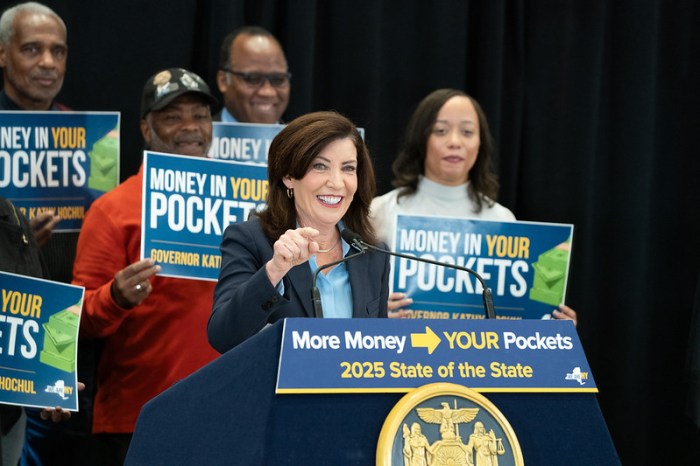While reports of stop and frisk are down significantly from several years ago, a new report by the New York Civil Liberties Union suggests that the practice may be underreported, and that a large racial disparity exists among recorded stops.
The report, released Thursday, said that stops were down 98 percent from 2011, when the practice was at its highest reported numbers, to 2017. Of the more than 92,000 stops that occurred from 2014 to 2017, 79 percent of them didn’t result in any arrests or summonses. The NYCLU said 53 percent of people who were stopped in that period were black and 28 percent were Latino, while 11 percent were white.
Donna Lieberman, the NYCLU’s executive director, said that although progress has been made regarding stop and frisk since Mayor Bill de Blasio took office, there is still a ways to go.
"… Beneath the surface lies some troubling data," she said. "All New Yorkers would like to see a city where we can bridge the trust back … between the NYPD and New Yorkers of color. I think it’s fair to say that’s been a goal of the police department and of the mayor. Reducing stop and frisk is essential to achieving that goal."
In the 17th Precinct in Manhattan, where the NYCLU said 7.8 percent of the population is black or Latino, people of color accounted for 74.1 percent of all stops (there were 374 total) between 2014 and 2017. According to the report, police often reported that a stopped individual "fits a relevant description" as the reason for that stop.
Chris Dunn, the NYCLU’s legal director, said he believes that there are more stops than have actually been reported by police.
"There plainly is a dynamic in the department now in which officers are choosing to not complete stop reports, perhaps as a way of avoiding scrutiny," he said. "We have every reason to believe there is a significant problem with the underreporting of stops."
Phillip Walzak, the deputy commissioner of public information, said the dramatic decrease in stop and frisk incidents reflects the NYPD’s shift in focus to "precise, surgical targeting of crime and criminals."
"NYPD officers and supervisors are instrumental in implementing this new strategic focus, and continue to refine tactics to ensure that every stop is appropriately documented and meets constitutional standards. This includes a new training effort currently in process to give police officers and supervisors a one-day training course on the policy, and to undergo scenario-based exercises. This also includes enhancing the Police Academy recruit course, which began two years ago, and enhancing auditing and performing CompStat-style follow-up in commands to ensure accurate reporting," Walzak said in an email. "Taken together, these changes not only make New York City the safest big city in America, but also one with dramatically fewer confrontational encounters between police and the people we serve."
The mayor’s office did not respond to a request for comment.


































